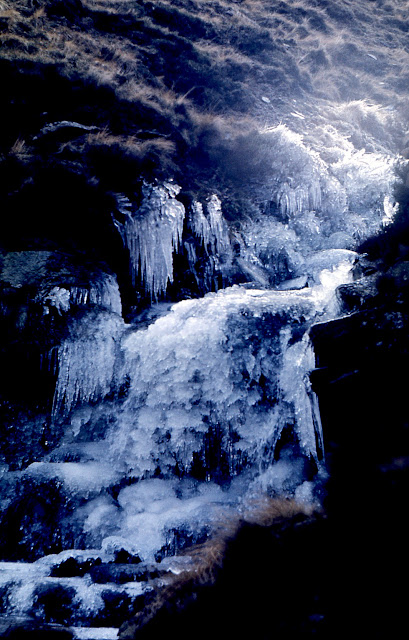I know I keep going on about the folk band we are in, but here’s a confession: I don’t really like folk music. Well, that does depend on what is meant by folk music. I am certainly no big fan of those relentless jigs and reels played at breakneck speed on fiddles and flutes without any light or shade.
One thing I am a sucker for, though, is the music of what is often called The Great American Songbook: the melodies of Irving Berlin, Jerome Kern, George Gershwin and others, written roughly between 1930 and 1950. They really knew how to get your heart.
Next time I get chance at our Zoom folk meetings, I’m going to sneak in Brother Can You Spare a Dime on the pretext that the tune is based on a Russian-Jewish lullaby the composer’s mother had sung to him as a child. His family had fled when he was nine to escape the pogroms in what is now northern Poland.
Here is my MuseScore arrangement for guitar and bassoon. The bassoon sounds great. It sounds even better when Mrs. D. plays it for real.
OK, I’ll shut up about MuseScore now for a couple of months.
Brother Can You Spare a Dime was composed in 1931 by Jay Gorney with lyrics by E. Y. ‘Yip’ Harburg (his middle name was Yipsel). It has been called the anthem of the Great Depression. It asks why honest Americans who served their country building railroads and skyscrapers, ploughing fields and fighting wars, “always there right on the job”, have been abandoned to the bread lines. Some saw it as anti-capitalist propaganda and tried to have it banned. Recordings by Rudy Vallée, Bing Crosby and Al Jolson were massive hits at the time and may have influenced the 1932 election of President F. D. Roosevelt and his ‘New Deal’.
It is said that when Harburg and Gorney were writing the song they had struggled to find consistent meaning. They went for a walk in New York’s Central Park, where a destitute young man with collar up and hat down approached them and begged: “Buddy, can you spare a dime?” They looked at each other and knew they had their hook and their title.
Bing Crosby’s version was the most successful. I prefer Rudy Vallée’s – he sticks to the tune whereas Crosby bends it slightly to his own interpretation. But then, I like lots of things by Rudy Vallée. Al Jolson, to my mind, goes too far in that it starts to become more about how dramatically he sings it. The song is supposed to be about fear, grief and anger rather than sadness and loss. We have gone from relentless jigs and reels towards weeping sentimentality, which I don’t like either. However, Jolson does not go as far as George Michael’s more recent makeover. The YouTube video of one of his live performances, in which the audience whistle and cheer every time he sings a long note, just looks and sounds wrong. It might be less unbearable in audio-only. There are well over fifty other recordings, too.
For those who like lyrics as well as melodies, perhaps to sing as a lullaby to imbue their grandchildren with a sense of social justice, Harburg’s words are powerful and moving. I especially like the line about “Half a million boots...” This is the guy who went on to write the lyrics for The Wizard of Oz including Somewhere Over The Rainbow, who only became a lyricist after the Wall Street Crash put his electrical business into bankruptcy.
They used to tell me I was building a dream
And so I followed the mob
When there was earth to plough or guns to bear
I was always there right on the job
They used to tell me I was building a dream
With peace and glory ahead
Why should I be standing in line
Just waiting for bread?
Once I built a railroad, I made it run
Made it race against time
Once I built a railroad, now it's done
Brother, can you spare a dime?
Once I built a tower up to the sun
Brick and rivet and lime
Once I built a tower, now it's done
Brother, can you spare a dime?
Once in khaki suits, gee we looked swell
Full of that yankee doodly dum
Half a million boots went sloggin' through hell
And I was the kid with the drum
Oh, say, don't you remember, they called me Al
It was Al all the time
Say, don't you remember, I'm your pal
Buddy, can you spare a dime?
In the nineteen-seventies, the New York Times invited Harburg to write more contemporary lyrics. He came up with:
Once we had a Roosevelt
Praise the Lord!
Life had meaning and hope.
Now we're stuck with Nixon, Agnew, Ford,
Brother, can you spare a rope?
Perhaps we need an update for today.











